The UNESCO World Heritage Sites include some of the most famous cultural landmarks and natural wonders on earth. The Notre Dame Cathedral, Pyramids of Giza and the enormous subtropical marshland of the Everglades National Park have all been recognized by UNESCO as areas of significant cultural or natural importance. There are as many as eight South African World Heritage Sites, all of which are well worth the visit.
Our Top South African World Heritage Sites
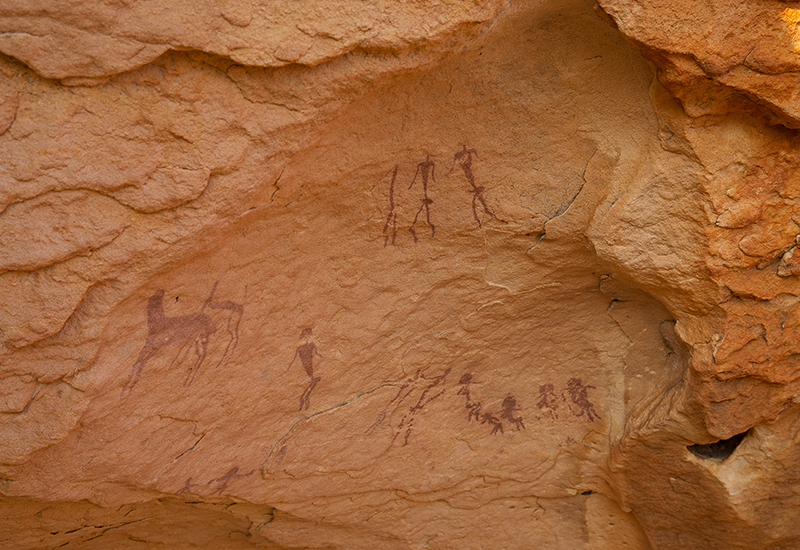
Mapungubwe is the perfect destination for travelers who seek serenity and enjoy viewing wildlife, birds and pre-colonial artifacts.
Mapungubwe Cultural Landscape
Why it’s uniqueMapungubwe is the place where the first indigenous kingdom in southern Africa rose in 900 AD. The great wealth of this Iron Age metropolis arose from its strategic positioning, which allowed a trade in gold and ivory with Asia (as evidenced by artifacts of Chinese celadon ware and Persian beads) to flourish. Climate change forced the large farming population of Mapungubwe to disperse around 1300 AD, leaving behind an array of gold artifacts that have lent the site the moniker of Lost City of Gold.Must seeThe center of the kingdom, Mapungubwe Mountain, where three royal graves were unearthed, was the domain of the royal family. It was here that the iconic artifacts of the gold foil rhino, scepter and bowl were excavated. Housing artifacts from the region’s prehistory is the Mapungubwe Interpretation Centre, winner of the prestigious 2009 World Building of the Year.
Richtersveld Cultural and Botanical Landscape
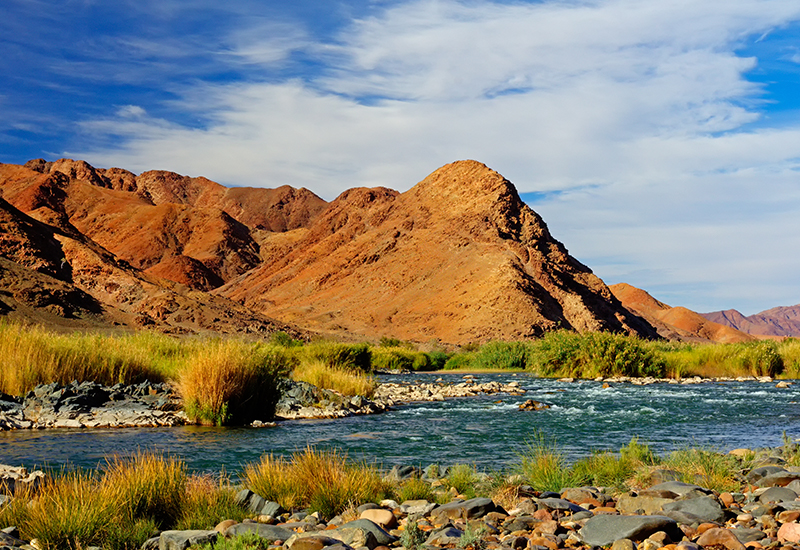
The Richtersveld is a desert landscape that offers some of Southern Africa's finest hiking, 4x4 trails and cultural experiences.Why it’s uniqueHome to the original indigenous inhabitants of South Africa, the Khoi-Khoi and the San people, the Richtersveld is steeped in the ancient culture of South Africa. The harsh climate has fostered an incredibly unique ecosystem with a number of unusual plants, such as the Halfmens boom, which resembles a curious human form. Revered by the indigenous people, the Halfmensboom is mythically purported to be the half-human, half-plant, ancestor of the Nama people, hanging their heads in mourning for their ancient Namibian home.Must seePetroglyphs, the ancient geometric rock engravings of the San chopped into the black dolomite rocks scattered across the Richtersveld. The artists would enter into a state of shamanistic trance and the drawings represent their interpretation of the human unconsciousness.
iSimangaliso Wetland Park
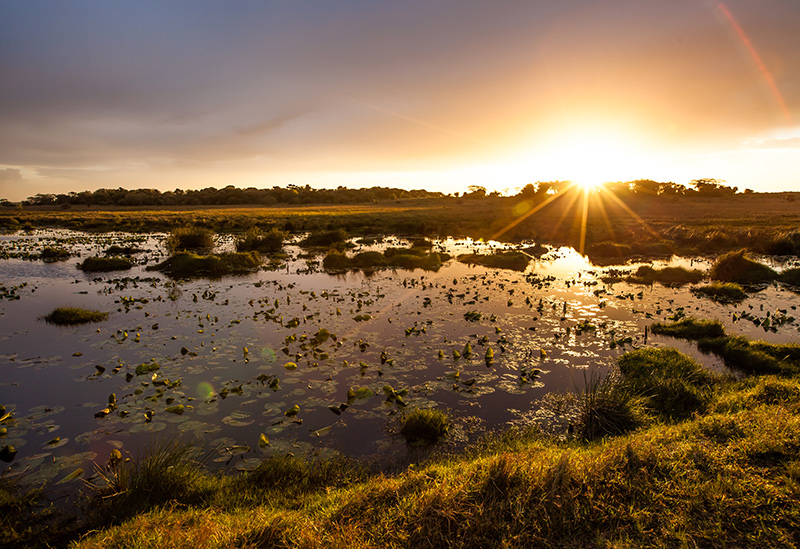
The iSimangaliso Wetland Park was the first listed South African World Heritage Site, recognized for its natural beauty.Why it’s uniqueRecognized by UNESCO for its unparalleled natural beauty and biodiversity, this Kwa-Zulu Natal park spans over 332 000 hectares and encompasses Africa’s largest esturine system, with three lake systems, eight unique ecosystems, some of South Africa’s last remaining swamp forests, and coastal dunes that are 25 000 years old and some of the tallest in the world. The most famous, and longstanding, resident here is undoubtedly the Coelacanth, which first evolved approximately 400 million years ago. The elusive fish is nicknamed the ‘living fossil’ because its fossils were found long before it was ever seen as a live specimen.Must seeIn a single day it is possible to see elephants, black and white rhino, buffalo, and leopard, as well as dolphins, humpback whales and leatherback turtles. Early in November, female loggerhead and leatherback turtles emerge from the ocean to dig a 1 meter deep nest and lay between 80 and 100 eggs. Between January and March, thousands of hatchlings will burrow out of the nest and make their way into the ocean – but only four in 1000 will survive the perilous journey to maturity.
Robben Island
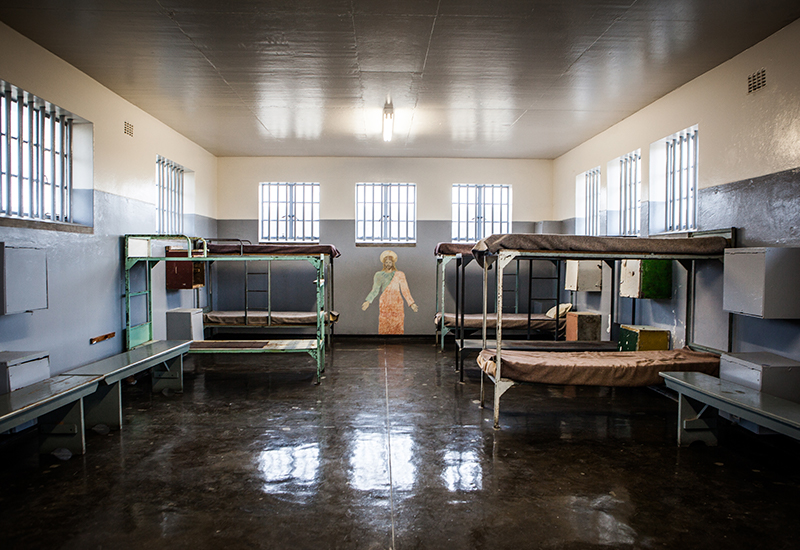
Robben Island is a big part of South African history - a place used as prison and to banish and exile people for nearly 400 years.Why it is uniqueRobben Island has a complex and sensitive eco-system which was identified as an area of the Cape that needed protection. The island is recognized by UNESCO for its bird life, natural vegetation, marine life, animal species, geology and cultural conservation sites.Robben Island is a South African World Heritage Site recognized by people around the world because of its significance to the life of a man whom so many loved - Nelson Mandela.The Robben Island Museum is intended to offer an understanding of and commitment to human rights and development. Nelson Mandela served 27 years in prison, split between Robben Island, Pollsmoor Prison, and Victor Verster Prison.Must seeAs the island is only accessible by boat from the mainland, there is great opportunity to see a number of aquatic birds and other sea mammals such as Cape fur seals, southern right whales, and dolphins.Robben Island is also home to 132 species of birds, including some endangered species who use the island for breeding and roosting. The Crowned Cormorant and Black Crowned Night Herons are often seen here in large colonies.You are also likely to come across mammals such as bontebok, springbok, steenbok, fallow deer and eland.During the spring months, the island blooms with gorgeous wild flowers, much like those seen in the West Coast National Park.
Cradle of Humankind
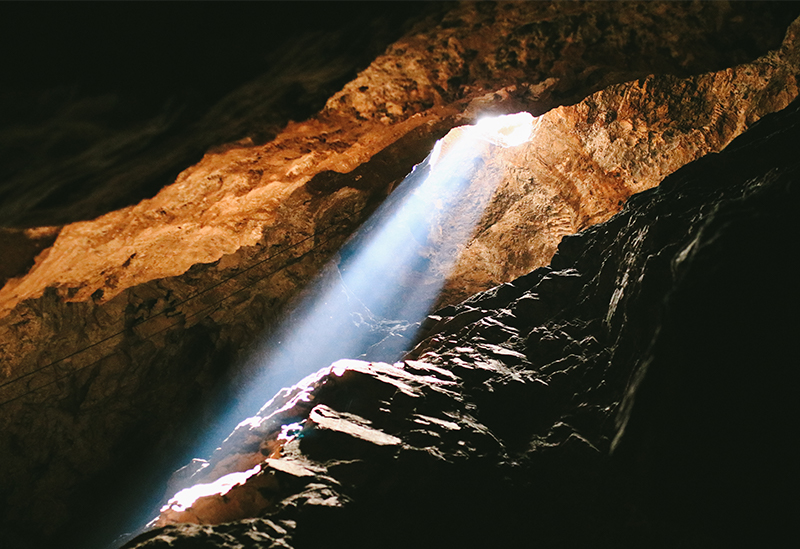
The Cradle of Humankind is renowned for its Australopithecus africanus specimens, which lived between 2 and 3-million years ago.Why it is uniqueThe Cradle of Humankind is only ninety minutes from the city of Johannesburg and is one of ten UNESCO World Heritage Sites in South Africa and is the world's richest hominin site, with around 40% of human ancestor fossils.This area is also home to a number of birds, animals and plants, some of which are rare or endangered.Must seeMaropeng is the official visitor center for the Cradle of Humankind World Heritage Site and boasts an exhibition center.The Sterkfontein Caves are located 10kms from Maropeng and are one of the main fossil sites of the Cradle of Humankind World Heritage Site.The Wondercave has the 3rd largest chamber is South Africa, with Sudwala Caves taking second place and the Cango Caves in Oudtshoorn taking first place.There are also several adventure activities, arts & crafts establishments, and wildlife sanctuaries nearby.
Maloti-Drakensberg Park
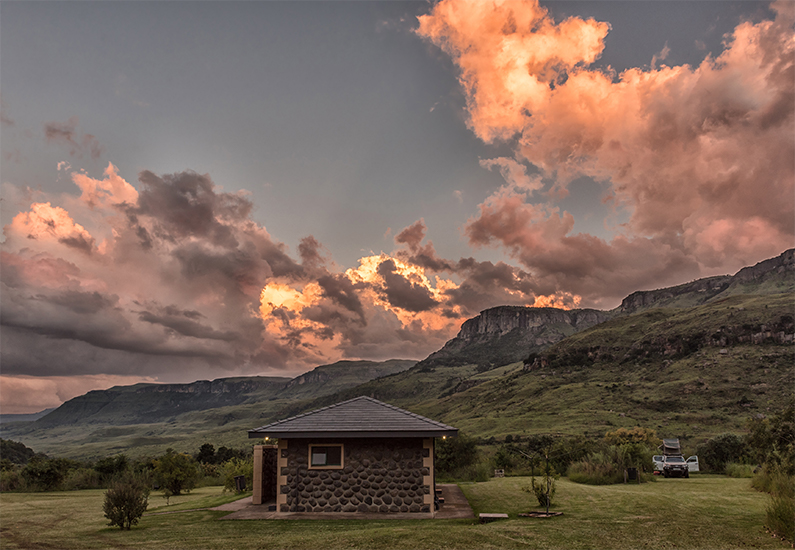
The Maloti-Drakensberg Region is a prime Eco-tourist destination that boasts ancient rock art sites, fantastic hiking trails & world-class accommodation.Why it is uniqueThe Maloti-Drakensberg Park encompasses the uKhahlamba Drakensberg National Park in South Africa and the Sehlathebe National Park in Lesotho. Encompassing a number if diverse habitats, the Maloti-Drakensburg Park is regarded a UNESCO World Heritage Site because it protects a large number of endemic plants and endangered animal species. The uKhahlamba National Park is home to the Cape vulture and the bearded vulture, whilst Lesotho’s Sehlabathebe National Park protects the Maloti minnow - a critically endangered fish species only found in this park.This incredible site also boasts a number of caves and rock-shelters with the highest concentration of paintings in Africa. These paintings are a representation of the San people who lived in this area over a period of 4,000 years.Must seeGiant's Castle is home to the endangered bearded vulture and is where you will find some of the best Bushman rock art paintings in South Africa.The Thaba-Bosiu National Monument is a sandstone plateau in Lesotho that is of great importance to the history of the Basotho people. Thaba-Bosiu, which translates to "mountain at night" was named after the belief that the plateau grew taller at night, making it a impenetrable fortrace. It is here where Moshoeshoe defended the Basotho nation in the 1800s.The Golden Gate Highlands National Park is one of the most valuable fossil sites in South Africa, with some of the best preserved fossilized dinosaur eggs found here in 1978.Sani Pass nestles between KwaZulu Natal and Lesotho and is loved by 4x4 enthusiasts for its challenging road conditions and dramatic scenery. The summit altitude is 2876m ASL, equating to an outstanding 9400 feet.
Looking to experience some of the best protected National Parks in South Africa?
https://www.safari.com/travel-blog/national-parks-in-south-africa/

